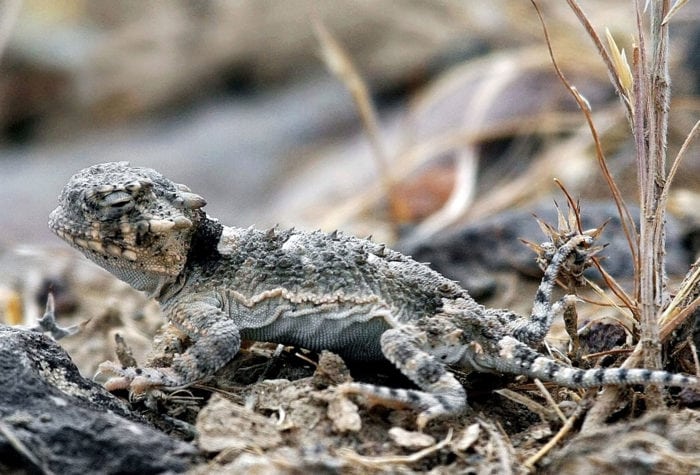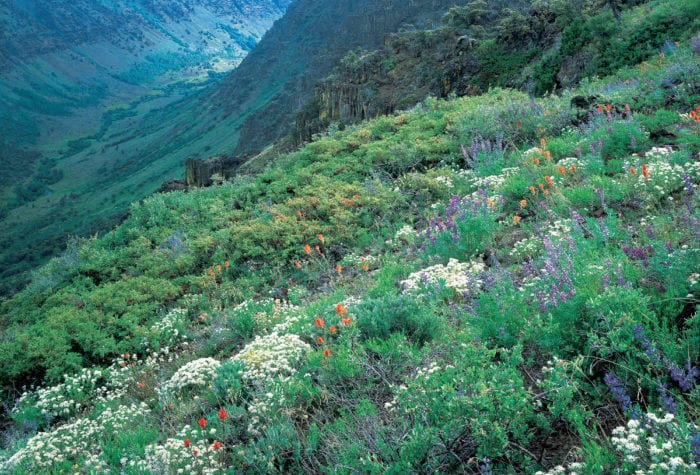Over the last two decades, ONDA has engaged volunteers in projects to plant thousands of trees, restore dozens of miles of streams, decommission old roads and remove enough barbed wire to stretch from one end of Oregon to the other.
Our work improves fish and wildlife habitat in key locations across Oregon’s high desert where climate change, drought and extractive human uses have diminished ecosystem health. Our strategic, science-based projects address these issues and support the recovery of hundreds of species including desert icons such as sage-grouse, steelhead and pronghorn.
There are three main types of restoration work we engage in:

